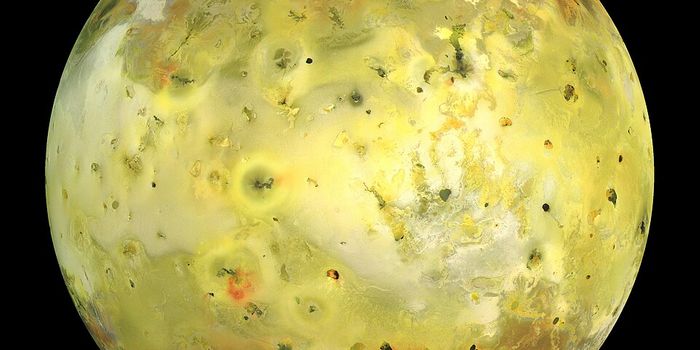Exploring Ice-Ocean Interactions on Alien Moons
While Earth remains the only known world with bodies of liquid water on its surface, there are a myriad of worlds within our own solar system that have liquid water oceans beneath thick surfaces of ice. But what is the temperature of those interior oceans, and could the thickness of its ice shell determine it? This is what a recent study published in Journal of Geophysical Research Planets hopes to address as a team of researchers led by Cornell University investigated how a process called “ice pumping” could determine the temperature of the interior ocean underneath thick icy shells, also known as ice-ocean interaction. This study holds the potential to help researchers better understand the conditions for finding life beyond Earth with a focus on Jupiter’s moon, Europa, and Saturn’s moon, Enceladus.
“If we can measure the thickness variation across these ice shells, then we’re able to get temperature constraints on the oceans, which there’s really no other way yet to do without drilling into them,” said Dr. Britney Schmidt, who is an Associate Professor of Astronomy & Earth and Atmospheric Sciences at Cornell University and a co-author on the study. “This gives us another tool for trying to figure out how these oceans work. And the big question is, are things living there, or could they?”
For the study, the researchers used robotic observations obtained at Antarctica’s Ross Ice Shelf and computer models to analyze how “ice pumping”, which occurs in water underneath ice sheets and based on an ice shell’s slope, could help regulate ocean temperature when accounting for pressure and salt content, as well. The goal was to ascertain the potential behavior of ice-ocean interaction on Jupiter’s moon, Europa, and Saturn’s moon, Enceladus, both of which possess interior oceans and are targets for astrobiologists searching for life beyond Earth.
In the end, the researchers found that “ice pumping” could influence the underlying topography of the ice shell that interacts with the interior ocean, while also exhibiting that these methods could be used to determine the temperature of the interior oceans, as well. For example, the researchers found that a 22-kilometer (13.6-mile) slope on Enceladus’ ice shell between its south pole and equator could be interpreted to a temperature difference of 0.18 Kelvin (K) at the ice-ocean interaction point, with 0 K being the “temperature” of space.
“There’s a connection between the shape of the ice shell and the temperature in the ocean,” said Dr. Schmidt. “This is a new way to get more insight from ice shell measurements that we hope to be able to get for Europa and other worlds.”
What new discoveries will researchers make about ocean worlds and their ice-ocean interactions in the coming years and decades? Only time will tell, and this is why we science!
As always, keep doing science & keep looking up!
Sources: Journal of Geophysical Research Planets, NASA, NASA (1), EurekAlert!
Featured Image: Natural color image of Jupiter's moon, Europa, taken by NASA's Juno spacecraft in September 2022. (Credit: NASA/JPL-Caltech/SwRI/MSSS/Kevin M. Gill)








